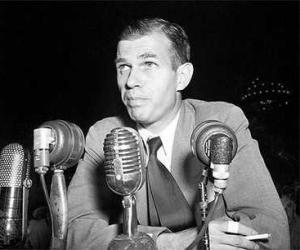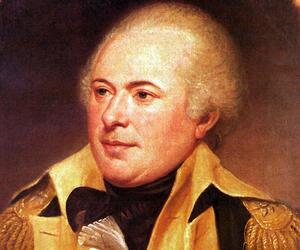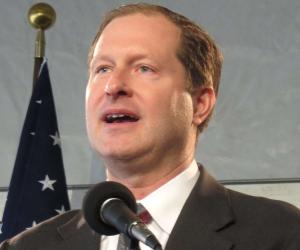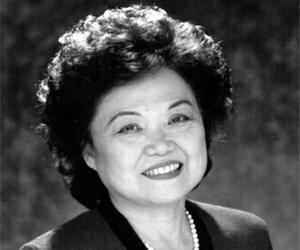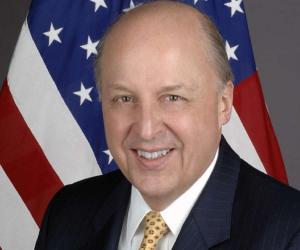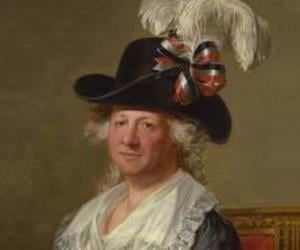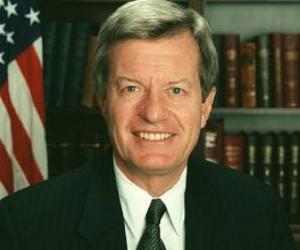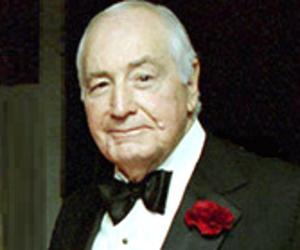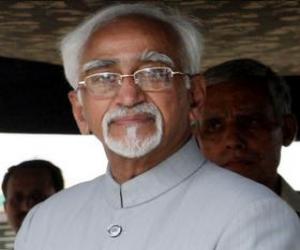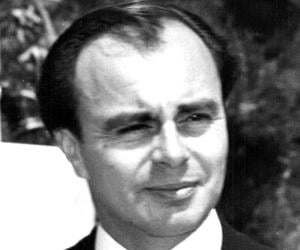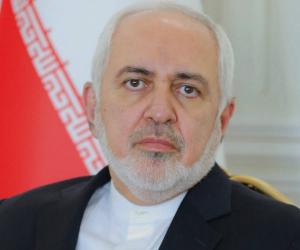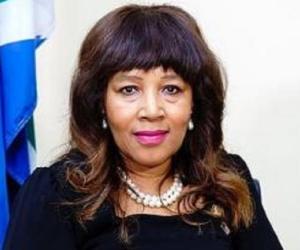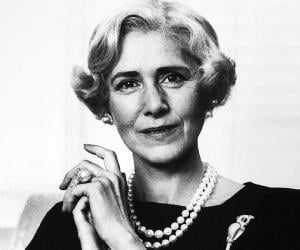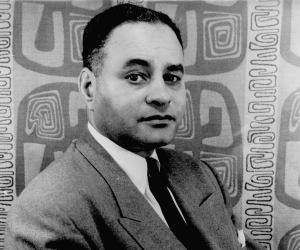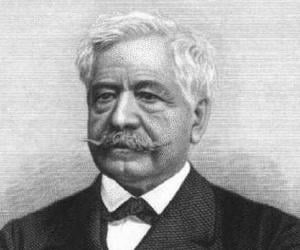Quick Facts
Died At Age: 92
Family:
Spouse/Ex-: Isabel Johnson (m. 1985), Priscilla Hiss (m. 1929–1984)
father: Charles Alger His
mother: Mary Lavinia Hughes
siblings: Anna Hiss, Bosley Hiss, Donald Hiss, Mary Ann Hiss
children: Timothy Hobson (stepson), Tony Hiss
Born Country: United States
Diplomats American Men
Died on: November 15, 1996
place of death: Lenox Hill Hospital, New York
Ideology: Democrats
U.S. State: Maryland
More Facts
education: Baltimore City College, Johns Hopkins University, Harvard University, Harvard Law School
Childhood & Early Life
Alger Hiss was born in Baltimore, Maryland on 11th November 1904, to Mary Lavinia and Charles Alger Hiss.
His father, then employed with a dry-goods company committed suicide in 1907, leaving his mother to find ways to provide for the family.
Alger Hiss was a brilliant student and was awarded a scholarship to attend the John Hopkins University after completing his primary education. Upon graduating from there, he received yet another scholarship to study at the prestigious Harvard Law School. He graduated with a law degree in 1929.
Career
Alger Hiss began his career in 1929 as a clerk working for Oliver Wendell Holmes Jr., the associate Supreme Court Justice at the time. He served there for a year before working for private law firms, first in Boston, and later in New York City.
In 1933, he entered government service as an attorney in the Agricultural Adjustment Administration (AAA); one of the many agencies created under President Roosevelt’s New Deal Administration.
Between 1933 and 1935, he served in the Justice Department as investigator and later counsel to Congressional Committee investigating alleged cost overruns by the munitions department during World War I.
He and his brother, Donald Hiss, together joined the State Department in 1936. There he first served under assistant Secretary of State at the time, Francis Sayre, and later under the Director of Far Eastern Affairs.
In 1944, he became Director of Office of Special Political Affairs (OSPA), a policy-making wing, and soon was elevated to the post of Director.
Hiss attended the Yalta Conference in 1945 as a member of the U.S. delegation. Despite his limited powers, he successfully opposed Stalin’s initial demand for 16 Soviets votes in the U.N. General Assembly and reduced that to only three Soviet votes.
In 1946, he left his government job to take up the position of president of the Carnegie Endowment for International Peace, a prestigious, nonpartisan organization.
On August 3, 1948, he was accused of association with a secret U.S. based Communist Party by a senior editor of TIME magazine, Whittaker Chambers; a testimony given by the latter to the House Committee on Un-American Activities (HUAC). Alger Hiss too testified a few days later to deny the charges.
In December 1948, Chambers claimed him to be a Communist spy who gave the latter secret government documents during the 1930s. That same month, Chambers also led federal investigators to recover film rolls containing more evidence that he hid in a pumpkin patch; they became famous as the ‘Pumpkin Papers’.
Alger Hiss went on trial twice — the first was in May 1949 in New York City which ended in a hung jury and the second trial was on 17 November 1949. In the second trial, the jury gave him a guilty verdict on both counts of perjury, sentencing him to five years imprisonment.
During his time in Lewisburg Federal Prison, he provided volunteer attorney and teaching services to inmates. He was finally released on 27th November 1954 after 44-months.
Post incarceration, he was disbarred and had to work as a salesman in a stationery company to make ends meet.
In 1975, he and others were able to force the Justice Department to declassify the ‘Pumpkin Papers’ through lawsuits. The Massachusetts bar council too reinstated his attorney licence the same year.
Major Works
Angel Hiss was instrumental in the planning and formation of the organization that is the United Nations today. He served as the Secretary-General of the convention responsible for creating the UN Charter in 1945. A year later, he left government service to head the Carnegie Endowment for International Peace, until he was forced to stepped down owing to the espionage controversy.
Awards & Achievements
After his release from jail, he published his book in 1957 titled ‘In the Court of Public Opinion’ in which he detailed both his side of the story and the loopholes in the prosecution’s case against him. He released his biography, ‘Recollections of a Life’ in 1988.
Family & Personal Life
Repeatedly marred by personal tragedy, two of his family members (his father and his sister, Mary Ann) committed suicide whereas his older brother, Bosley, died of Bright’s disease.
Angel Hiss married Priscilla Hobson in 1929, who had a three-year-old son from her first marriage. Separated in 1959, the two remained married until Priscilla’s death in 1984. He married Isabel Johnson in 1985, the two were living together since 1960.
Through support from family and friends, and from the proceeds of his books and guest lectures, he continued the legal fight to clear his name of the perjury cases until his death.
He died on 15th November 1996 from emphysema at Lenox (5) Hill Hospital in New York City, a few days after his 92nd birthday.
Facts About Alger Hiss
Alger Hiss was known for his impeccable fashion sense, often seen sporting tailored suits and stylish accessories.
He had a passion for gardening and spent hours cultivating his backyard garden, growing a variety of flowers and vegetables.
Alger Hiss was a talented pianist and enjoyed playing classical music in his spare time.
He had a deep love for literature and was an avid reader, with a particular interest in poetry and historical novels.
Alger Hiss was a dedicated mentor to many young professionals, offering guidance and support in their careers.
See more:


